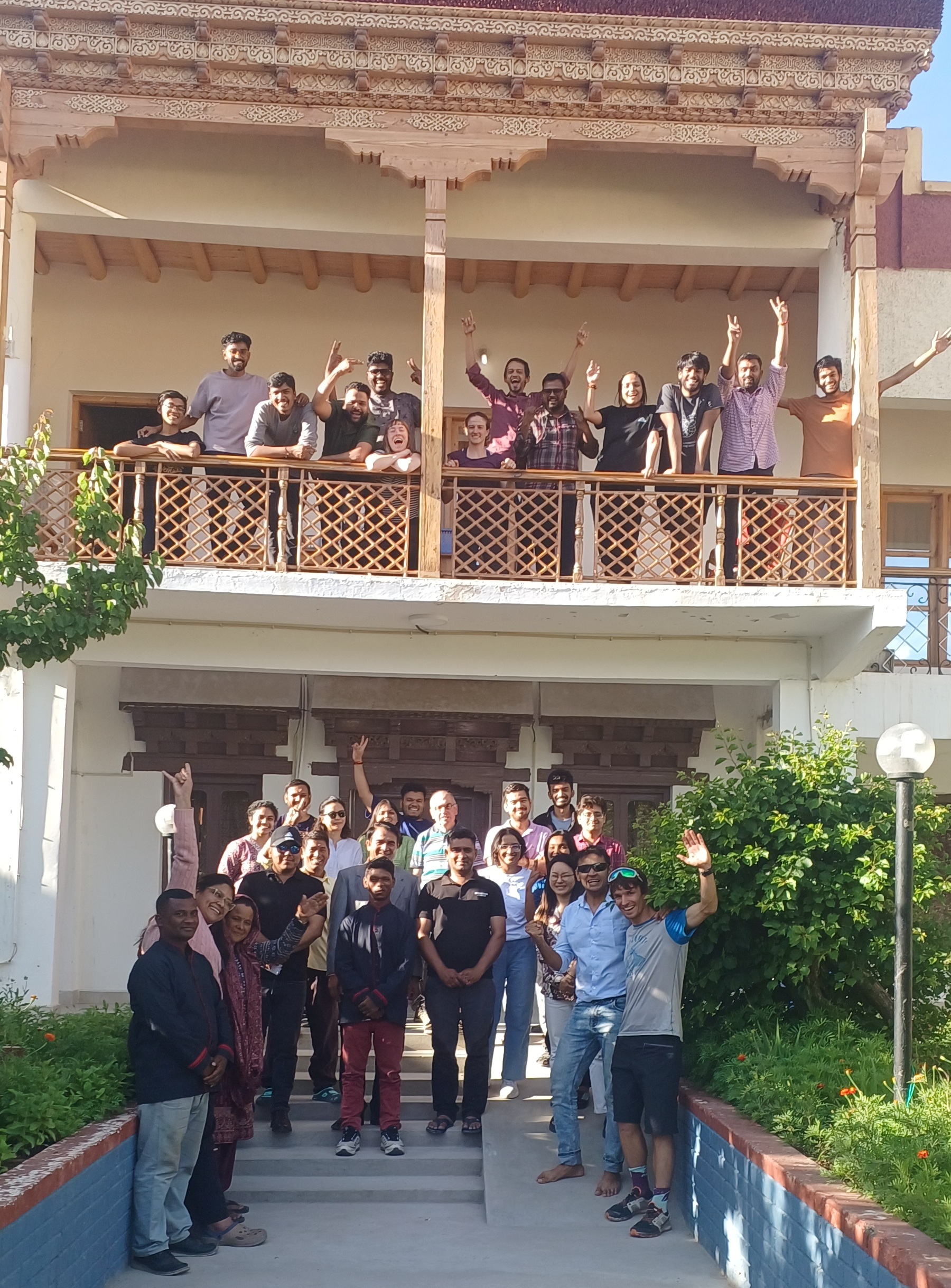Leh Indian Glaciology Summer School (LIGSS) 2025 was successfully organized during 17-29 June, 2025.
Please see https://youtu.be/Qb4RgXoag7Y?si=SAoFua9OmJNVLQrQ to know about the general atmosphere of LIGSS

The Leh Indian Glaciology Summer School (LIGSS) 2025 (Theme: Climate) will target young and upcoming glaciologists (bachelors, masters, PhD and early career researchers) from India and abroad with interdisciplinary skills to examine the profound interplay between climatic processes and glacial dynamics in the Himalayas. Centered on glaciology and climate science, the school will delve into how shifting temperature, precipitation, and extreme weather patterns drive glacier retreat, alter mass balance, and influence regional hydrology that supports regional ecosystems and millions downstream. Participants will explore advanced techniques for integrating climate data, such as remote sensing, reanalysis datasets, and climate modeling, into glaciological research to better better understand past trends and project future impacts. The curriculum blends 12 in-person lectures, hands-on computer tutorials, evening research seminars, and a one-day field excursion to Khardung Glacier, complemented by collaborative group projects and presentations. Beyond structured sessions, the school prioritizes mentorship, offering sufficient opportunities for direct interaction with instructors and tutors. By fostering technical expertise, scientific collaboration, and fieldwork experience, the program aims to cultivate a new generation of researchers equipped to tackle pressing challenges in Himalayan cryosphere science and its global climate implications.
Funded by Sai Ashraya Trust, Jaipur (India), International Glaciological Society (https://www.igsoc.org/)
Supported by Vienna Science Cluster (https://vsc.ac.at/home/)
Fees: No fees, but selected participants must cover their travel expenses to and from Leh.
Application Open: 1 April 2025
Application Deadline: 15 April 2025
Results: 22 April 2025
Dates for Summer School: 17-29 June, 2025
Arrival & Acclimatization: 17 June, 2025 ; Departure: 29 June, 2025
Venue: Mahabodhi International Meditation Center, Leh (3500 masl), Ladakh, India
Capacity: 20 participants
Theme Coordinator: Pankaj Kumar (IISER Bhopal)
School coordinators: Saurabh Vijay (IIT Roorkee), Argha Banerjee (IISER Pune), Sandipan Mukherjee (GBP NIHE), Purushottam Garg (GBP NIHE)